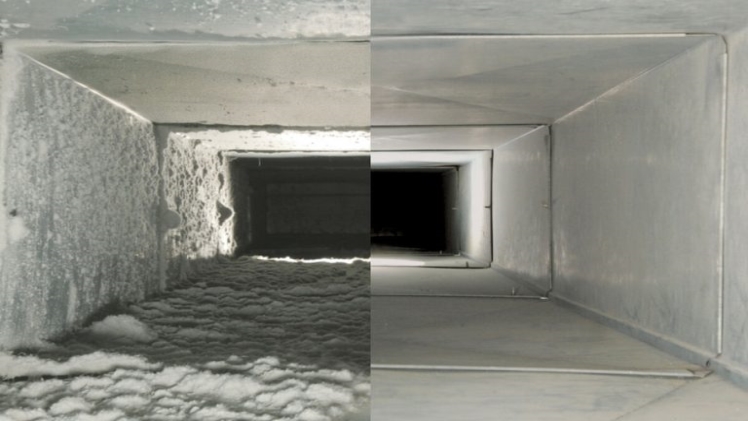Are dirty air vents causing respiratory problems stickam in your home? If so, you should be aware of the symptoms, as well as possible prevention methods. Read on to discover how you can prevent it. Dirty air vents can contribute to many respiratory problems, so keep them clean! By following some prevention tips, you can avoid them. Clean your air vents regularly to keep them free of dust and dirt.
Symptoms
The high pollution levels in our environment can cause respiratory issues for some people. People suffering from these conditions often experience coughing, chest pain, and sore throat. If you’re one of those people, you should limit your outdoor activities. You should also avoid going to smoggy parks or indoor pools. Asthma and other respiratory problems may also be the result of a heightened level of air pollution.
Pneumonia is one of the most common respiratory streetlife problems caused by air pollution. People who already suffer from COPD or asthma may have to take a reliever inhaler more frequently during high levels of air pollution. People who suffer from asthma and other lung conditions should make sure they take their preventer inhalers regularly. Indoor air pollution can also cause symptoms. The symptoms of dirty air depend on the amount of pollution, the type of pollutants, and how much the air pollutants get into the lungs. Symptoms can be sudden and severe. If you’re experiencing these symptoms on a regular basis, visit your doctor to ensure that you’re not suffering from any respiratory condition.
There are many different types of air pollution. The most common is smog, which is made up of small particles that can affect our breathing. Smog also contains ozone, which can be harmful to the health of humans. Tiny particles can become lodged in the lungs and damage the tissues, causing coughing, wheezing, and other respiratory issues. These symptoms can occur anywhere in our lives, even inside our homes.
Causes
The effects of air pollution depend on the type mugshot of pollutants present and how much of it gets into your lungs. People exposed to high levels of air pollution may experience respiratory symptoms quickly, including shortness of breath, coughing, and wheezing. People with breathing conditions should visit their doctors when the pollution levels are high. Dirty air may also trigger the development of lung conditions such as asthma or COPD. Fortunately, there are ways to deal with the problem.
Air pollution affects the respiratory system on a chronic and acute level. The particles that are present in air are deposited in different parts of the respiratory tract and can lead to a range of symptoms. While air quality affects everyone, it is particularly harmful for young children, elderly people, and those with pre-existing respiratory diseases. People with impaired immune systems may also be at greater risk of respiratory complications if the exposure to air pollution is prolonged. Efforts are underway to identify biological mechanisms underlying these adverse effects.
The levels of pollutants in air vary by esportsonline location. Higher levels of ground-level ozone are associated with respiratory infections and asthma exacerbations. Children who were born to atopic parents may be at increased risk of respiratory problems due to exposure to these pollutants. It may also be important to keep in mind that people with underlying respiratory diseases have more severe respiratory problems due to dirty air. So, while air pollution isn’t a cause of respiratory problems, it can certainly be a contributing factor to the development of such illnesses.
Prevention
As we live longer and work harder, we must also protect our health from pollution. The air we breathe is increasingly polluted, including mold, radon, and lead dust. These pollutants are caused by a variety of man-made sources, including vehicle exhaust, smoke, road dust, and industrial emissions. Exposure to these substances can lead to various health innote problems, including short-term irritation to the eyes and nose, coughing, dizziness, and fatigue.

